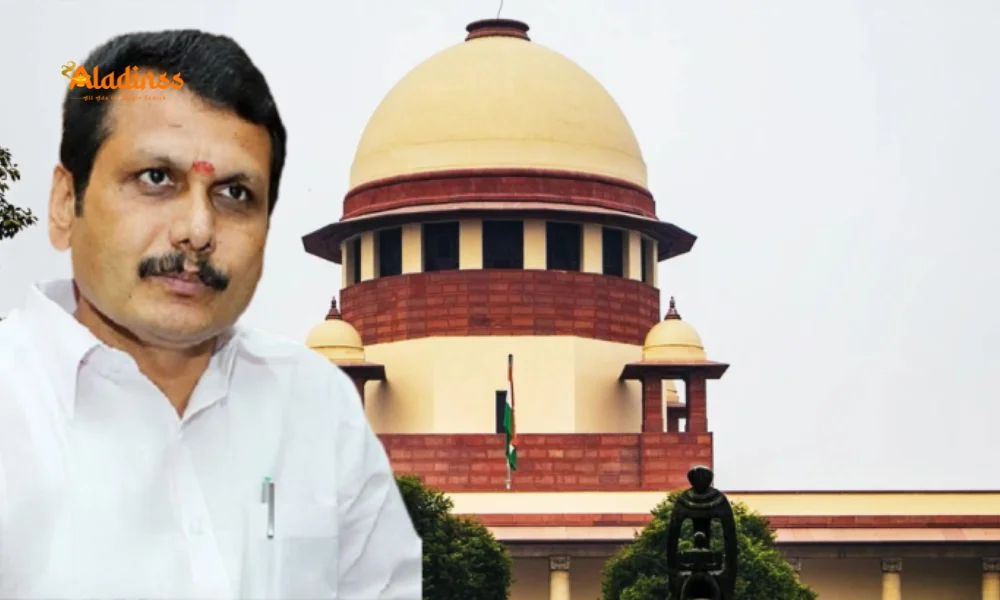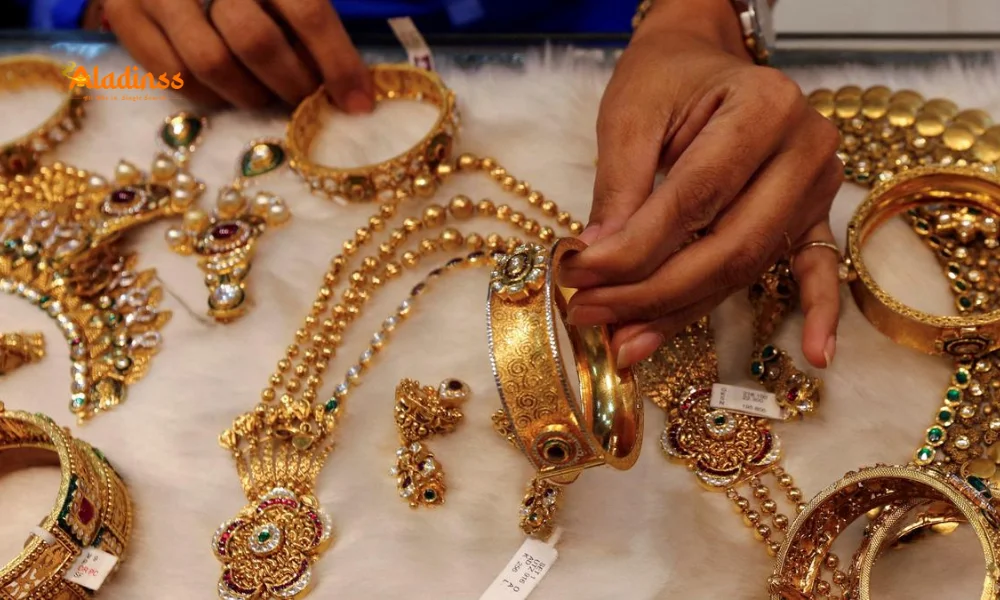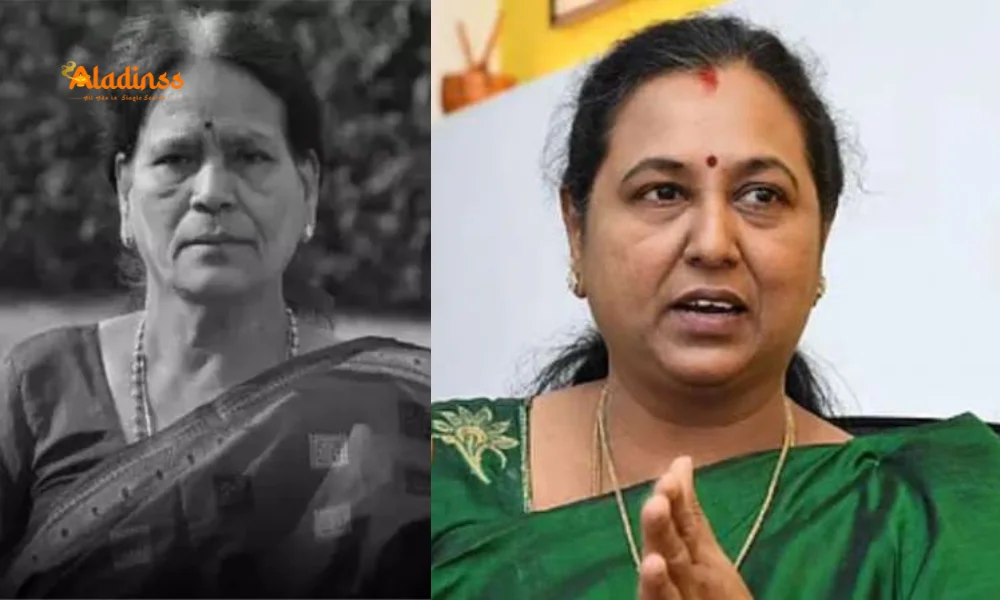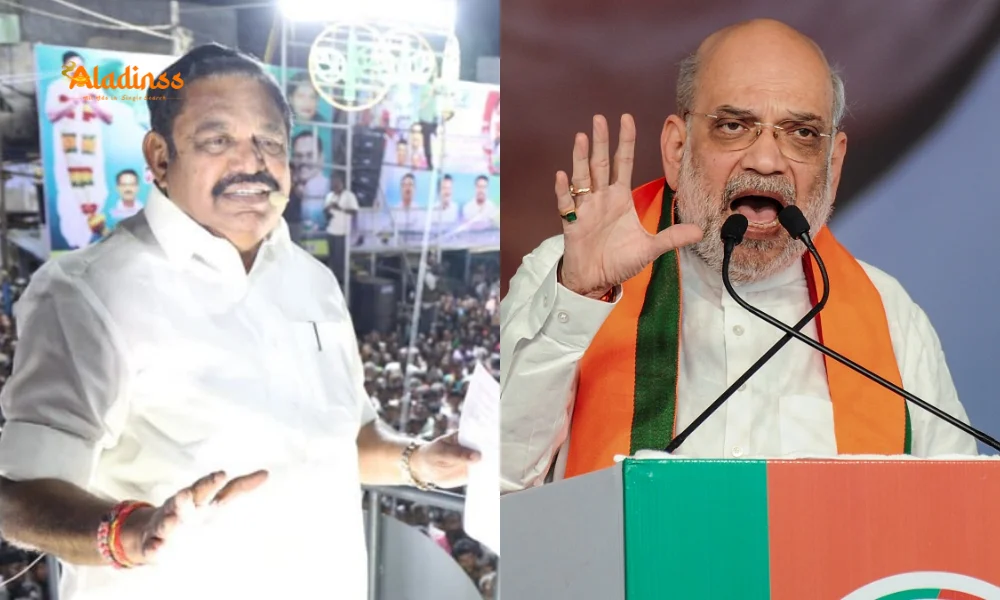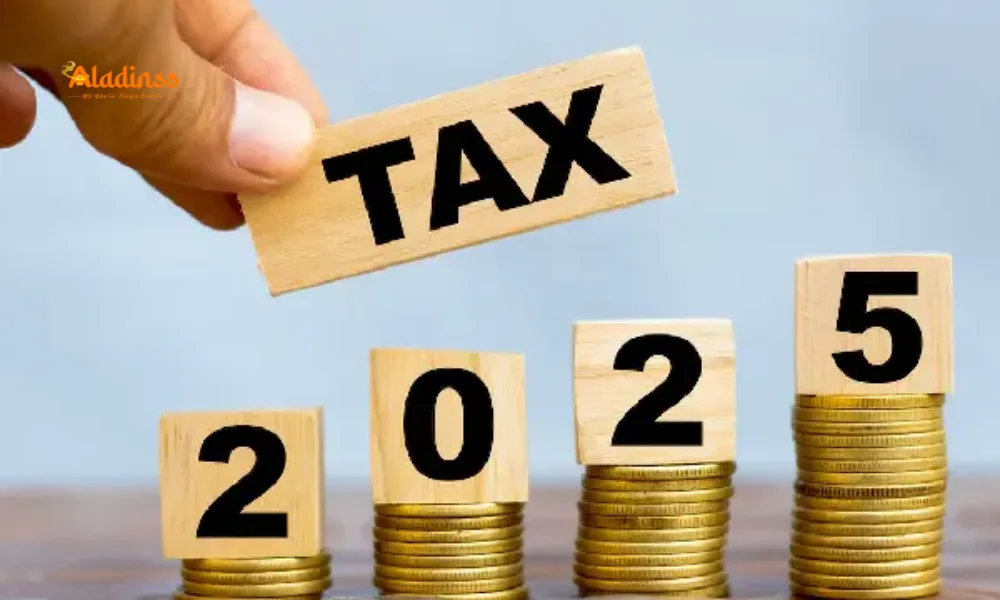LPG Price Decrease: US Import Deal Boost for India
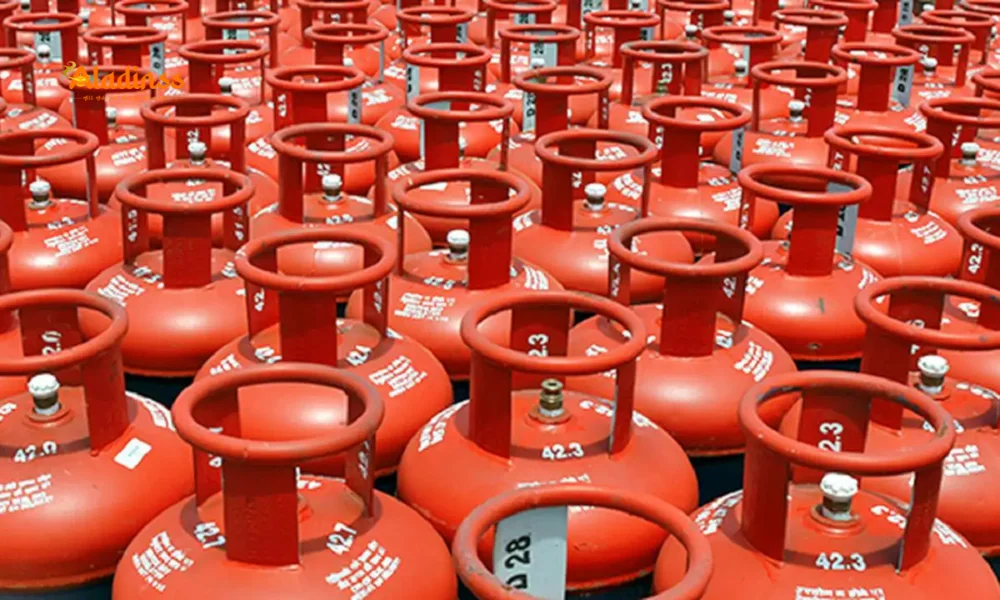
LPG Cylinder Price Relief on Horizon: India's US Import Deal Signals Stability for 331 Million Users
In a boost for millions of households, India is forging ahead with long-term LPG imports from the United States, a move that could usher in stable or even lower LPG cylinder prices in the coming months. Amid the ripples of the US-China trade war, state-run oil giants are tendering for up to three very-large gas carriers (VLGCs) of LPG monthly starting 2026, marking the nation's first such enduring pact with the US. This strategic shift aims to diversify supplies for over 331 million domestic consumers, where imports already constitute more than 60% of needs. While recent commercial LPG price hike of Rs 15.50 effective October 1, 2025, has sparked concerns, experts foresee LPG price decrease India potential through enhanced competition and steady inflows, easing the burden on everyday cooking gas users.
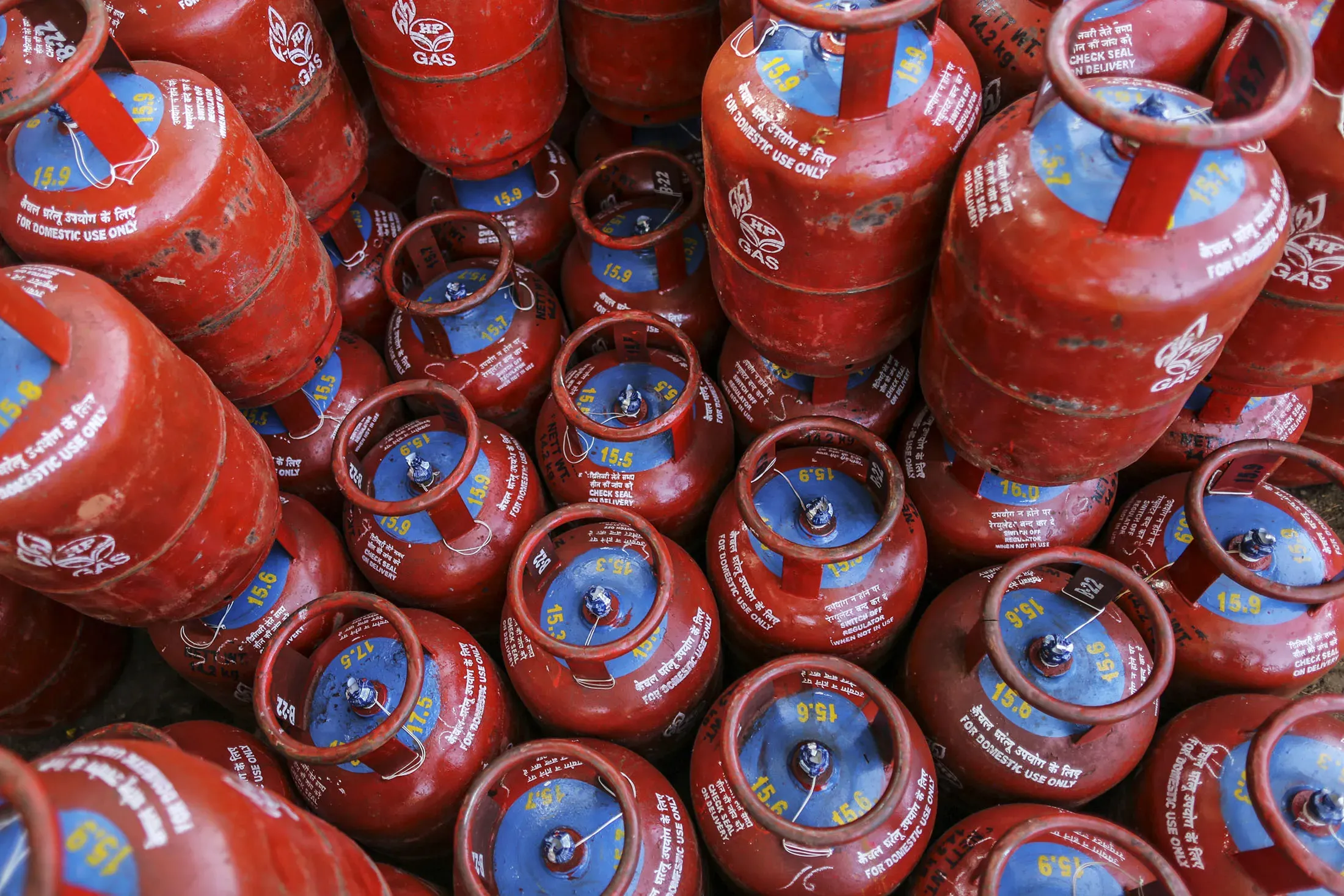
The joint tender by Indian Oil Corporation (IOC), Bharat Petroleum Corporation Limited (BPCL), and Hindustan Petroleum Corporation Limited (HPCL) underscores a proactive response to global supply dynamics. Traditionally reliant on long-term deals with Saudi Arabia and other Middle Eastern nations, India is now tapping US shale gas abundance, diverted from China due to escalating tariffs. This US LPG import India initiative not only bolsters energy security but also positions the country to capitalize on favorable freight rates and surplus volumes, potentially translating to more affordable domestic LPG cylinder rates across metros like Delhi, Mumbai, and Kolkata.
Strategic Pivot: How US-China Trade Tensions Fuel India's LPG Sourcing Shift
The backdrop to this development is the intensifying US-China trade friction, where tariffs have curbed Beijing's appetite for American LPG, creating a supply glut elsewhere. China, once a top buyer of US shale-derived liquefied petroleum gas, is pivoting to Middle Eastern sources, prompting Saudi Aramco and peers to slash prices for Asian markets like India. In this flux, New Delhi's oil ministry is eyeing a 10% slice of its LPG imports from the US by 2026, up from negligible volumes today. This diversification mitigates risks from overdependence on West Asian routes, vulnerable to geopolitical flares, and aligns with broader goals of reducing import bills amid rupee volatility.
For context, India's LPG consumption has surged over the past decade, driven by the Ujjwala Yojana that connected rural women to clean cooking fuel. With 331 million connections, the fuel's role in daily life is pivotal, powering stoves in homes from bustling urban apartments to remote villages. The recent domestic LPG price stability-holding at Rs 837 in Delhi post-subsidy-contrasts with the October commercial LPG price increase to Rs 1,595.50 for 19 kg cylinders. Yet, analysts at Bloomberg and Reuters predict that sustained US inflows could counteract such hikes, fostering a competitive landscape where suppliers vie to undercut rivals.
- US Shale Surplus: Trade war diverts cargoes to India.
- Middle East Response: Saudi price cuts to retain market share.
- Import Target: 10% from US by 2026 via three monthly VLGCs.
- Consumer Base: 331 million households reliant on stable supply.
- Subsidy Buffer: Government support cushions retail impacts.
This lpg price in india today landscape reflects a delicate balance: while global benchmarks like Brent crude influence costs, forward contracts with the US promise predictability, shielding users from wild swings seen in 2022's energy crisis.
Price Outlook: Will US LPG Deal Trigger Domestic Cylinder Rate Cuts?
Experts are optimistic about the ripple effects on LPG cylinder price in India. The anticipated influx of US-sourced gas could swell import volumes, pressuring suppliers to moderate rates. "With China stepping back, India's bargaining power rises, potentially lowering landed costs by 5-7%," notes an analyst from OilPrice.com. This aligns with recent trends: commercial cylinders saw a Rs 51.50 cut in September 2025, following global easing, hinting at sensitivity to supply abundance.
Domestic users, subsidized via direct benefit transfers, stand to gain indirectly as oil marketing companies (OMCs) absorb efficiencies. In metros, a 14.2 kg cylinder hovers at Rs 852.50 unsubsidized, but for PMUY beneficiaries, it's a nominal Rs 0 post-DBT. The October 2025 commercial hike notwithstanding, long-term US ties could stabilize this at current levels or below, especially if rupee strengthens against the dollar. Factors like international freight rates and OPEC decisions remain wild cards, but the consensus leans toward favorable LPG price trend India through 2026.
- Stability Forecast: Adequate supply to curb volatility.
- Competition Boost: US vs. Middle East rivalry aids affordability.
- Rupee Impact: Currency fluctuations to influence final pricing.
- Historical Precedent: Past imports diversified sources, tempered hikes.
- Consumer Relief: Potential 3-5% dip in unsubsidized rates by mid-2026.
City-wise, Delhi's Rs 837 rate could see incremental relief, mirroring Kolkata's Rs 846 and Mumbai's Rs 837, as OMCs pass on savings.
Broader Implications: Energy Security and Household Empowerment
Beyond pricing, the US LPG agreement fortifies India's energy mosaic. With domestic production at a mere 40%, imports are lifeline; diversifying to the US reduces exposure to Red Sea disruptions or Gulf tensions. This resonates with the Atmanirbhar Bharat ethos, blending self-reliance with smart global sourcing. For women under Ujjwala-over 100 million strong-cheaper access means less time foraging for fuel, freeing hours for education or income generation.
Environmentally, LPG's cleaner burn supports India's net-zero ambitions, curbing biomass emissions that plague rural air quality. Economically, stable prices aid inflation control, as cooking gas weighs in CPI baskets. The tender's silence from OMCs and ministry reflects procedural caution, but Reuters sources confirm momentum toward sealing deals by year-end.
Global Market Dynamics: Trade War's Unexpected Boon for Indian Consumers
The US-China spat, escalating since 2018, has reshaped propane flows-LPG's key component. US exports hit record 1.5 million bpd in 2024, but tariffs capped China's share at 30%. India's nimble pivot, via IOC's Paradip terminal upgrades, positions it to absorb this slack. Middle Eastern giants, sensing competition, have floated discounts; Aramco's Asian propane prices dipped 2% last quarter.
For industries, cheaper feedstock means lower petrochemical costs, trickling to plastics and fertilizers. Households, however, are the real winners: a sustained LPG price cut could save Rs 20-30 per cylinder, aggregating to billions annually. Monitoring bodies like PPAC forecast import growth to 15 million tons by 2026, with US contributing 1.5 million.
- Tariff Effects: China's retreat opens doors for India.
- Freight Savings: Optimized routes from Gulf of Mexico.
- Terminal Readiness: HPCL's Vizag expansions key enablers.
- Inflation Hedge: Stable fuel buffers household budgets.
- Export Surge: US producers eye Asia amid domestic lull.
Challenges persist-geopolitical risks, dollar strength-but the trajectory points to resilience.
What Lies Ahead: Navigating LPG Price Trends in a Volatile World
As 2025 unfolds, watch for tender outcomes; successful bids could lock rates below $500/MT. Government subsidies, budgeted at Rs 25,000 crore, will amplify benefits. For users, apps like MyLPG offer booking ease, while awareness drives efficient usage. This US foray isn't just transactional-it's a testament to India's savvy in global energy chess, promising lighter wallets and brighter kitchens nationwide.
In sum, while the October LPG cylinder price update brought a minor commercial sting, the US horizon heralds enduring relief. As supplies diversify, so does hope for affordable energy, empowering 1.4 billion lives one flame at a time.
Comment / Reply From
No comments yet. Be the first to comment!
